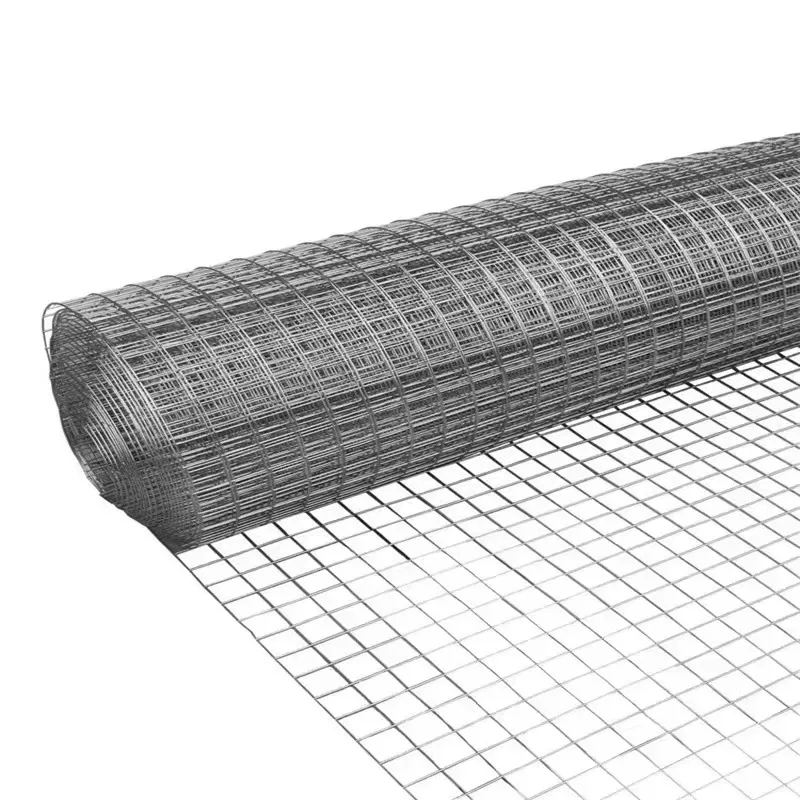-
 Afrikaans
Afrikaans -
 Albanian
Albanian -
 Amharic
Amharic -
 Arabic
Arabic -
 Armenian
Armenian -
 Azerbaijani
Azerbaijani -
 Basque
Basque -
 Belarusian
Belarusian -
 Bengali
Bengali -
 Bosnian
Bosnian -
 Bulgarian
Bulgarian -
 Catalan
Catalan -
 Cebuano
Cebuano -
 China
China -
 Corsican
Corsican -
 Croatian
Croatian -
 Czech
Czech -
 Danish
Danish -
 Dutch
Dutch -
 English
English -
 Esperanto
Esperanto -
 Estonian
Estonian -
 Finnish
Finnish -
 French
French -
 Frisian
Frisian -
 Galician
Galician -
 Georgian
Georgian -
 German
German -
 Greek
Greek -
 Gujarati
Gujarati -
 Haitian Creole
Haitian Creole -
 hausa
hausa -
 hawaiian
hawaiian -
 Hebrew
Hebrew -
 Hindi
Hindi -
 Miao
Miao -
 Hungarian
Hungarian -
 Icelandic
Icelandic -
 igbo
igbo -
 Indonesian
Indonesian -
 irish
irish -
 Italian
Italian -
 Japanese
Japanese -
 Javanese
Javanese -
 Kannada
Kannada -
 kazakh
kazakh -
 Khmer
Khmer -
 Rwandese
Rwandese -
 Korean
Korean -
 Kurdish
Kurdish -
 Kyrgyz
Kyrgyz -
 Lao
Lao -
 Latin
Latin -
 Latvian
Latvian -
 Lithuanian
Lithuanian -
 Luxembourgish
Luxembourgish -
 Macedonian
Macedonian -
 Malgashi
Malgashi -
 Malay
Malay -
 Malayalam
Malayalam -
 Maltese
Maltese -
 Maori
Maori -
 Marathi
Marathi -
 Mongolian
Mongolian -
 Myanmar
Myanmar -
 Nepali
Nepali -
 Norwegian
Norwegian -
 Norwegian
Norwegian -
 Occitan
Occitan -
 Pashto
Pashto -
 Persian
Persian -
 Polish
Polish -
 Portuguese
Portuguese -
 Punjabi
Punjabi -
 Romanian
Romanian -
 Russian
Russian -
 Samoan
Samoan -
 Scottish Gaelic
Scottish Gaelic -
 Serbian
Serbian -
 Sesotho
Sesotho -
 Shona
Shona -
 Sindhi
Sindhi -
 Sinhala
Sinhala -
 Slovak
Slovak -
 Slovenian
Slovenian -
 Somali
Somali -
 Spanish
Spanish -
 Sundanese
Sundanese -
 Swahili
Swahili -
 Swedish
Swedish -
 Tagalog
Tagalog -
 Tajik
Tajik -
 Tamil
Tamil -
 Tatar
Tatar -
 Telugu
Telugu -
 Thai
Thai -
 Turkish
Turkish -
 Turkmen
Turkmen -
 Ukrainian
Ukrainian -
 Urdu
Urdu -
 Uighur
Uighur -
 Uzbek
Uzbek -
 Vietnamese
Vietnamese -
 Welsh
Welsh -
 Bantu
Bantu -
 Yiddish
Yiddish -
 Yoruba
Yoruba -
 Zulu
Zulu
insect proof net house
The Benefits of Insect-Proof Net Houses for Agriculture
In the pursuit of sustainable agriculture, one pressing challenge that farmers face is the threat posed by insects to their crops. Insects, while essential to various ecosystems, can wreak havoc on agricultural yield. This is where insect-proof net houses come into play, serving as a transformative solution for farmers looking to enhance productivity while minimizing pesticide use.
What are Insect-Proof Net Houses?
Insect-proof net houses, also known as insect netting or insect exclusion structures, are agricultural facilities designed to protect crops from various pest insects. Typically constructed from fine mesh nets, these structures allow sunlight, air, and rain to permeate while preventing insects from accessing the plants inside. This innovative approach not only shields crops from pests but also helps in maintaining optimal growing conditions.
Key Advantages of Using Net Houses
1. Pest Control without Chemicals One of the most significant benefits of insect-proof net houses is the reduction in reliance on chemical pesticides. By physically excluding pests, farmers can protect their crops without resorting to harmful chemicals that can impact soil health and contaminate water supplies. This method promotes a more organic farming approach, which is increasingly being favored by consumers.
2. Improved Crop Quality and Yield The absence of pests enhances overall crop quality. Insect-damaged produce often suffers from lower marketability, but with net houses in place, farmers can ensure that their crops reach maturity without the threat of infestation. This leads to healthier plants, higher yields, and ultimately, greater profitability.
3. Microclimate Creation Insect-proof net houses can also help in creating a controlled microclimate for the plants. The netting can regulate temperature and humidity levels, creating a more favorable environment for growth, particularly in regions with extreme weather conditions. This ecological benefit can extend the growing season and increase overall agricultural productivity.
insect proof net house

4. Reducing the Spread of Disease Many pests are vectors for plant diseases. By preventing these insects from accessing the crops, farmers can significantly reduce the incidence of disease outbreaks that can decimate entire fields. This results in healthier plants and reduces the risk of crop failure.
5. Water Conservation Insect-proof net houses can also contribute to better water management. The structure can reduce evaporation losses and allow for more efficient irrigation practices, resulting in water conservation—a critical factor in the face of climate change and water scarcity.
Implementation Considerations
While the benefits of insect-proof net houses are substantial, successful implementation requires proper design and management. The choice of net material, mesh size, and structural integrity must all be considered to ensure maximum effectiveness against a range of pest species. Additionally, farmers need to be trained in the maintenance of these structures to avoid potential issues, such as the accumulation of debris that could create unintended habitats for pests.
Conclusion
Insect-proof net houses represent a significant advancement in agricultural technology, offering a practical solution to one of the age-old problems of farming pest management. As the world continues to grapple with challenges related to food security and environmental sustainability, the adoption of innovative practices such as these will be crucial. Investing in insect-proof net houses not only benefits individual farmers by protecting their crops and boosting their productivity but also contributes to the larger goal of sustainable agriculture, ensuring a healthier planet for future generations.
In conclusion, as we seek solutions to the complexities of modern agriculture, insect-proof net houses stand out as a promising strategy. By harnessing the power of these structures, farmers can cultivate crops more effectively while minimizing their environmental footprint, ultimately leading to a brighter agricultural future.
-
Shipping Plastic Bags for Every NeedNewsJul.24,2025
-
Safety Netting: Your Shield in ConstructionNewsJul.24,2025
-
Plastic Mesh Netting for Everyday UseNewsJul.24,2025
-
Nylon Netting for Every UseNewsJul.24,2025
-
Mesh Breeder Box for Fish TanksNewsJul.24,2025
-
Expanded Steel Mesh Offers Durable VersatilityNewsJul.24,2025











